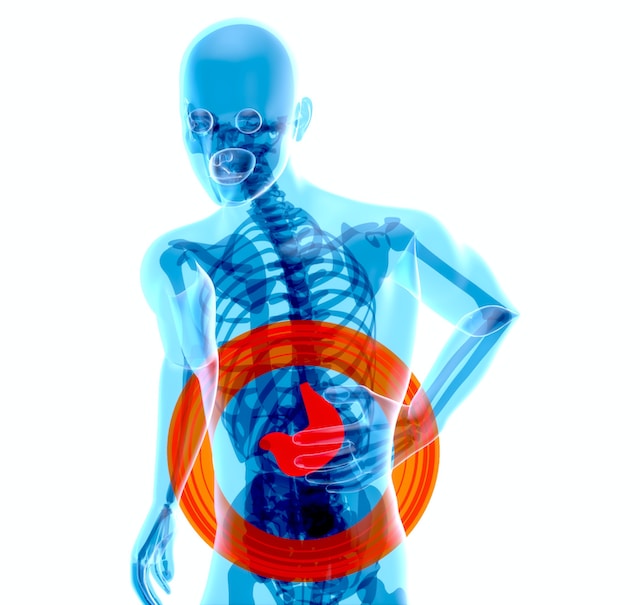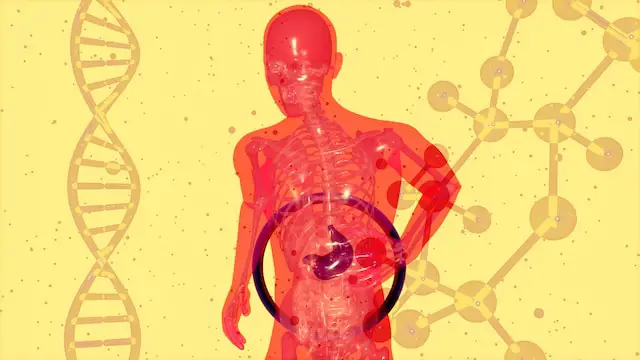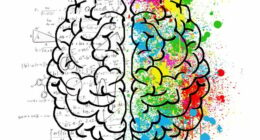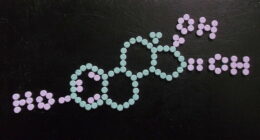The lungs help us to breathe by taking in oxygen and releasing carbon dioxide, the liver’s primary function is to filter toxins from our blood. The lungs are located within the thoracic cavity, while the liver resides in the abdominal region of our body.
What are lungs?
(Photo by Robina Weermeijer on Unsplash )

The lungs are a pair of spongy, air-filled organs located in the chest that facilitate respiration. They play an essential role in supplying oxygen to the body and removing carbon dioxide waste.
The lungs consist of several different parts, including bronchi, bronchioles, alveoli, and capillaries. The trachea leads down into two mainstem bronchi that branch out into smaller tubes called bronchioles. These eventually lead to tiny sacs called alveoli where gas exchange occurs.
When you inhale air through your nose or mouth, it travels down through your windpipe (trachea) into your lungs. Oxygen is then transported from the alveoli into the bloodstream through a network of tiny blood vessels called capillaries. At the same time, carbon dioxide moves from the bloodstream back into the alveoli to be exhaled when you breathe out.
Your body requires a constant supply of oxygen for all its functions – from powering muscles during exercise to maintaining brain function while you sleep. Without functioning lungs providing this vital gas exchange process with each breath we take – none of these tasks would be possible!
What is the liver?
(Photo by julien Tromeur on Unsplash )

The liver is the largest solid organ in the human body and plays a vital role in keeping our bodies healthy. It is located on the right side of our abdomen and is responsible for many functions, including detoxifying harmful substances, producing bile to aid digestion, storing nutrients such as iron and vitamins A,D,E,K, and regulating blood sugar levels.
The liver receives blood from two different sources: oxygen-rich blood from the heart and nutrient-rich blood from the digestive system. Once it has processed this blood, it filters out toxins before releasing clean blood back into circulation.
In addition to filtering toxins from our bloodstream, the liver also produces important proteins that help regulate clotting factors within our bodies. These proteins are necessary for wound healing and preventing excessive bleeding after injury.
Maintaining a healthy liver is essential to overall health. Eating a balanced diet with plenty of fruits and vegetables can help support its function while minimizing alcohol consumption can prevent damage over time.
Lungs Vs. Liver – Key differences
When it comes to our vital organs, the lungs and liver are two of the most important. While both play critical roles in keeping us healthy, they have distinct differences that set them apart from each other.
Firstly, lungs are part of the respiratory system and are responsible for taking in oxygen and releasing carbon dioxide. On the other hand, the liver is part of the digestive system and has many functions including producing bile which helps with digestion.
One key difference between these two organs is their location within our bodies. The lungs reside in our chest cavity while the liver sits just below our diaphragm on the right side of our abdomen.
Another major difference is their structure. Lungs consist of bronchioles, alveoli, and air sacs while liver cells function as hepatocytes arranged into functional units called lobules.
Another notable difference between lungs and liver is how susceptible they are to different diseases. The lungs can be affected by conditions like asthma or pneumonia while issues such as cirrhosis or hepatitis impact the functioning of the liver.
While there may be some overlap between these organs in terms of health concerns or treatment options when problems occur; ultimately knowing what sets them apart can help individuals better understand their own body’s internal workings.
What is the function of the lungs and the liver?
The lungs and liver are vital organs in the human body, each performing unique functions. The primary function of the lungs is to facilitate respiration, while the liver plays a crucial role in metabolism.
The lungs work by bringing oxygen into our bloodstream and removing carbon dioxide from it. This process takes place through tiny air sacs called alveoli that exchange gases with capillaries in the blood vessels surrounding them. The lungs also help regulate blood pH levels by balancing oxygen and carbon dioxide concentrations.
On the other hand, the liver is responsible for various metabolic processes such as detoxification of harmful substances, protein synthesis, and storage of glycogen for energy production. It also produces bile which helps digest fats in our diet.
Moreover, both organs have an immune function too; however, their mechanisms differ significantly. The lungs filter particles and microorganisms out of incoming air through mucus secretion and coughing reflexes while specific immune cells within the liver destroy damaged or infected cells present within its tissues.
To sum up briefly without concluding: Both your lungs and your liver play vital roles in keeping you healthy – one facilitates breathing while other manages metabolism – but they’re very different organs with distinct responsibilities!
What is the connection between liver and lungs?
The liver and lungs have a unique relationship in the body as both organs are involved in maintaining homeostasis. The liver filters blood from the digestive tract, while the lungs oxygenate it. However, there is more to this connection than meets the eye.
One of the primary connections between these two organs is through circulation. Blood flows through both organs, with deoxygenated blood traveling from the body to the lungs for oxygenation and then back to the heart before being sent out again throughout our system. The liver plays a critical role in this cycle by metabolizing toxins that would otherwise harm other parts of our bodies if left unchecked.
Moreover, certain lung diseases such as chronic obstructive pulmonary disease (COPD) can lead to complications in liver function due to an increase in inflammation caused by low oxygen levels circulating throughout your bloodstream. Additionally, people with pre-existing liver conditions may develop respiratory problems due to their inability to filter toxins effectively.
Though they might seem unrelated at first glance, these vital organs share many connections that help keep us healthy and functioning optimally every day.
Featured Image By – julien Tromeur on Unsplash








